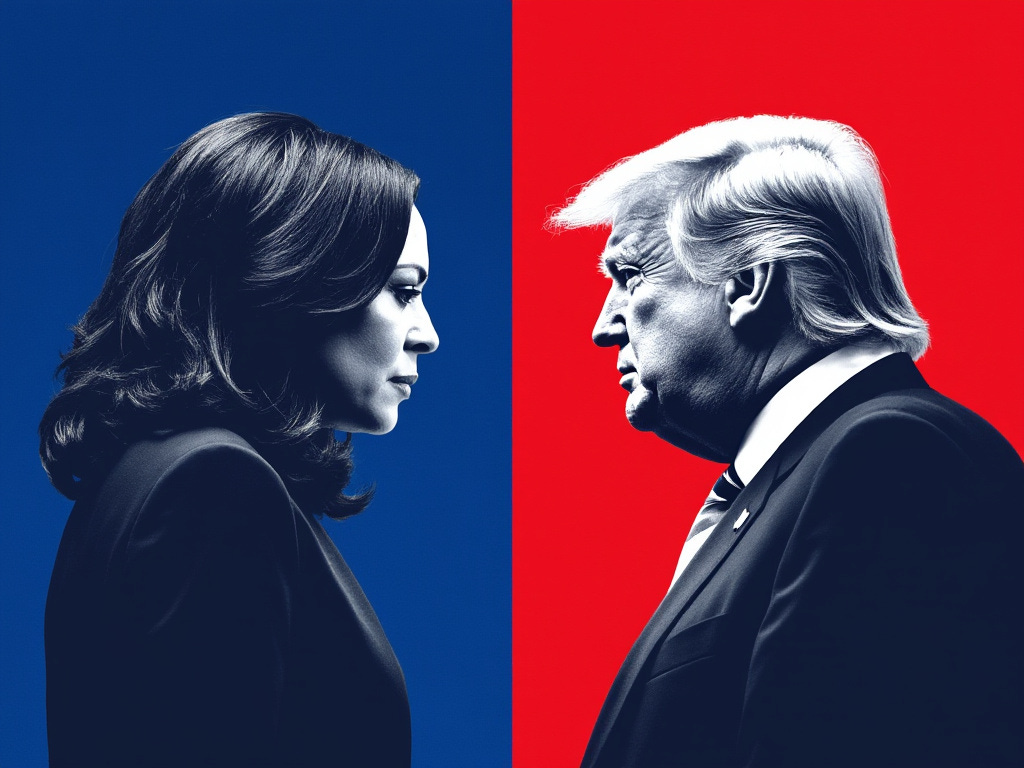Yes I did it and if you were me, you would do it too. I cannot escape this topic. But I can approach it differently. We are swamped by data: polls, early voting, election models, etc. Ironically though, despite relying on the same source, most of them differ, and some of them differ by a lot.
Across available data, derived are results that show anything between 40-60 and 60-40 for Trump and Kamala respectively. Signal or noise? I lean to the latter. I remember when back in June I said that Biden is on his way out, despite polls showing that any other potential Democratic candidate polls worse than Biden vs Trump.
Data can only tell you so much. You cannot quantify everything. So today I will play a bit and do a case for Kamala and case for Trump. I will analyze both campaigns and see what was strong and what could have been better. While data is close, I will focus on vibes to try and get an edge.
A week from now I will be either massively right or terribly wrong. Whatever the case though, you will be able to get a fresh look at both campaigns, without a dump of polling data that in aggregate tells you it is a coin toss. So subscribe below if you have not yet and let’s go.
Approach
Today I want to test a specific approach. One cannot deny that elections are just a massive marketing campaigns for specific parties. But it is also a lot like creating a startup. There are several candidates, each with a specific plan and to succeed, they need to raise enough money and convince enough voters (customers) to vote for them. In order to do that, they present a specific platform (value proposition) to specific demographics (customers) through specific channels, relying on key partners, etc.
I am going to analyze both campaigns through their assumptions on each part of a business model canvas and judge them. Each candidate can score either 0 or 1 on each part. A tie is also possible. A bit simplistic, but considering polling toss-up, this should keep us close to reality. I think we will see very interesting outcomes, presented in a digestible structure. I will skip costs and revenue part for obvious reasons, as well as key activities and key resources (both are pretty much universal). I wonder how close of an approach it is to what campaign strategists use. Probably pretty close.
Voter segments
As in BMC, first start with who. Who are the main voter groups for each campaign. What are their characteristics?




